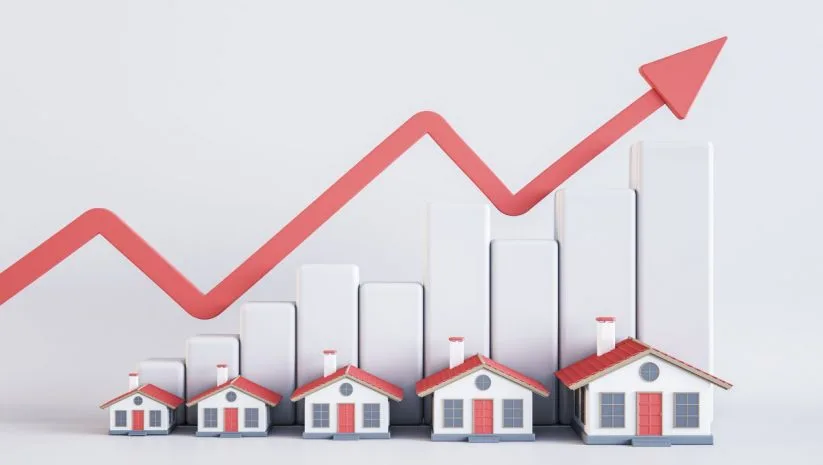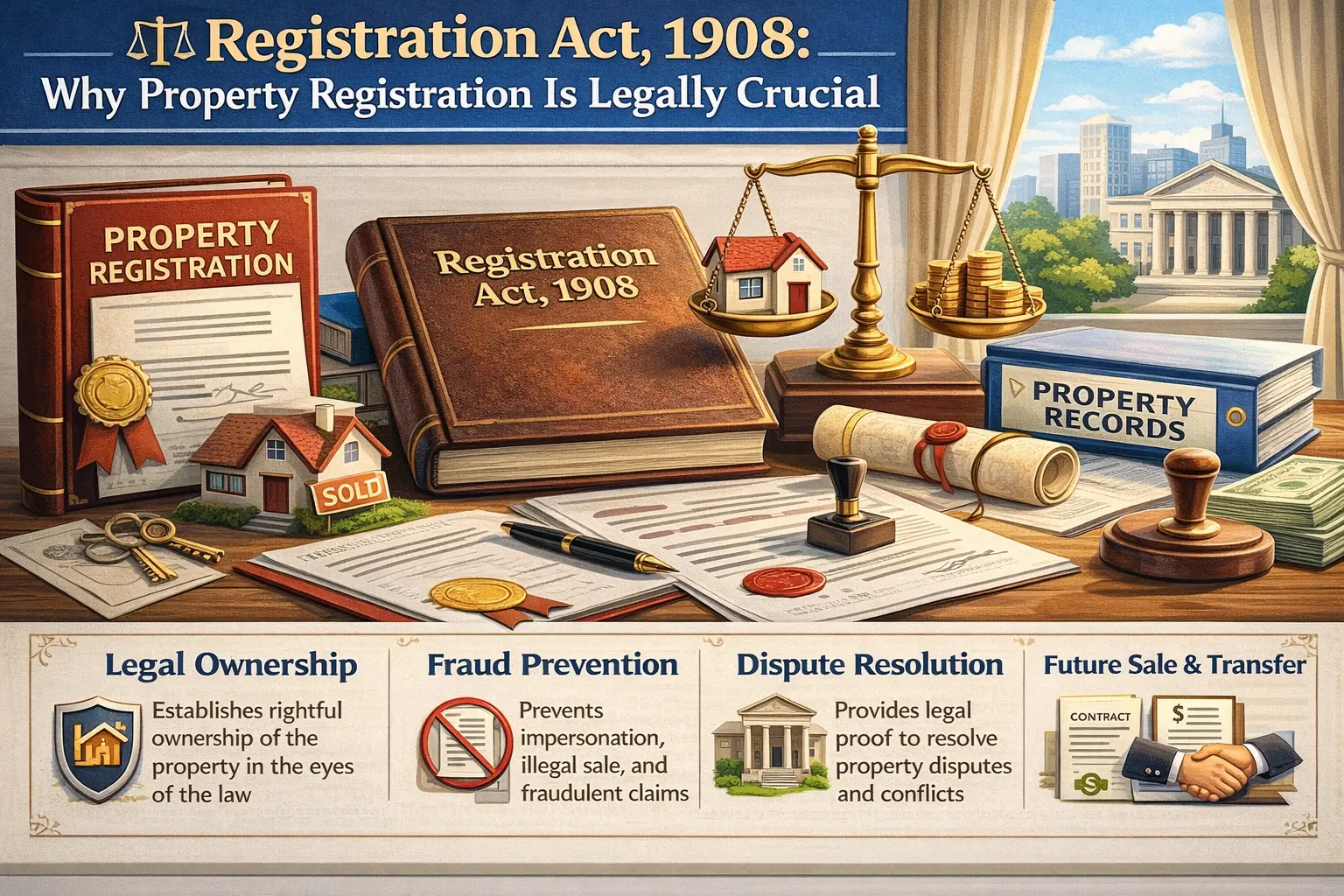The construction industry is one of the largest sectors in India, involving everything from large real estate developments to individual home building. However, the cost of building homes in India has been rising steadily over the past decade due to multiple factors—rising material prices, labour costs, and taxation. One major component that directly affects the final cost of construction is GST (Goods and Services Tax). In a significant move, the GST Council of India reduced the GST rate on several construction-related materials and services from 28% to 18%. While this might seem like a technical policy decision, its impact is huge—especially for people building homes, the construction sector, and the overall economy.
In this guide, we'll explain what this GST rate change means, why it was implemented, and how it affects different stakeholders like homebuyers, builders, and the economy as a whole—in simple, easy-to-understand language.
1. What is GST in the Context of Construction?
GST (Goods and Services Tax) is a single, indirect tax that replaced a complex system of multiple taxes such as VAT, service tax, excise duty, etc. It applies to both goods (like cement, steel, tiles) and services (like architectural services, labour contracts).
In construction, GST is applied to:
- Raw materials: Cement, steel, sand, bricks, tiles, bathroom fittings, paints, etc.
- Construction services: Labour, contractors, engineers, interior decorators, etc.
- Ready-to-move properties: Depending on the construction stage and type of property.
Before the tax cut, many of these items were taxed at a high rate of 28%, especially key materials like cement, paints, tiles, and sanitary ware. This meant that a large portion of the total home construction budget went into paying taxes, increasing the burden on the homebuyer or builder.
2. What Has Changed? GST Reduced from 28% to 18%
In a major relief to the construction and housing sector, the GST Council reduced the tax rate on multiple construction materials and services from 28% to 18%. This was done with the aim of:
- Making home construction more affordable
- Boosting real estate activity
- Encouraging affordable housing
- Supporting economic recovery post-COVID and inflation pressure
This is not a universal cut for all construction materials but applies to several key inputs that are widely used in both small and large-scale housing projects.
3. Which Construction Items Are Affected?
Here are some of the key items and services that saw a tax reduction from 28% to 18%:
- Construction Input - Cement - 28% to 18%
- Tiles ( Ceramic , Vitrified) - 28% yo 18%
- Sanitary Ware ( Toilets, Wash Basins, etc) - 28% to 18%
- Paints and Varnishes - 28% to 18%
- Plastering Products - 28% to 18%
- Steel Structures - 28% to 18%
- Pipes and Fittings - 28% to 18%
These items form the core building blocks of any home, so a reduction in tax here has a direct impact on overall construction costs.
4. Why Was the GST Rate Reduced?
The GST reduction was not a random or sudden move. It was a carefully considered step by the government to address ongoing challenges in the real estate and housing sector.
Key reasons for the tax cut:
a) High Construction Costs
Construction material prices, especially cement and steel, have been increasing. A high tax rate only made things worse. Reducing GST helps bring down the cost for builders and buyers.
b) Affordable Housing Push
The government wants to promote affordable housing. High taxes on essential items contradict this goal. Lowering GST helps align tax policy with housing affordability.
c) Economic Recovery
Post-pandemic, the construction industry needed support. Reducing GST boosts construction activity, leading to more jobs and economic growth.
d) Encourage Compliance
High tax rates often lead to tax evasion and under-reporting. Lower rates make it easier and more attractive for businesses to comply with tax rules.
5. Impact on Home Construction
Let’s now look at the direct and indirect effects of this GST rate reduction on the process and cost of building a home.
a) Lower Construction Costs
Let’s say you're building a 2BHK house and spending 15 lakhs on materials.
- Before GST Cut (28%): Rs15,00,000 + Rs 4,20,000 (28%) = Rs19,20,000
- After GST Cut (18%): Rs15,00,000 + Rs 2,70,000 (18%) = Rs 17,70,000
- You save ?1,50,000 just in tax, without compromising on quality.
This is a significant saving, especially for middle-class or budget-conscious homebuilders.
b) More Affordable Housing
When material and service costs go down, developers can afford to:
- Lower home prices
- Include better features (like modular kitchens, branded fittings)
- Offer discounts or better EMI options to buyers
- This makes homes more accessible to first-time buyers, especially in Tier-2 and Tier-3 cities.
c) Increased Real Estate Activity
Lower costs attract more buyers, which motivates builders to launch new projects. This creates a positive cycle in the economy:
- More construction projects
- More employment (masons, carpenters, electricians, architects)
- More demand in allied industries (furniture, home appliances, decor)
- d) Faster Project Completion
Since builders now spend less on materials, they can better manage project budgets. This can lead to faster construction and on-time project delivery—a major pain point in India’s real estate market.
6. Impact on Different Stakeholders
Home Buyers
- Lower home prices or better amenities at the same price
- Reduced EMI burden
- Higher chance of buying better-quality homes
- Builders and Developers
- Higher profit margins
- More competitive pricing
- Ability to launch new projects faster
- Construction Workers and Labourers
- More jobs created due to increased construction activity
- More steady employment and income opportunities
- Banks and Financial Institutions
- Increased demand for home loans
- Growth in real estate-linked financial products
7. Wider Economic Benefits
The construction sector directly affects over 250 other industries, including steel, cement, glass, transport, legal services, etc. So, a tax cut here creates a ripple effect across the economy:
- Higher GDP growth\
- More job creation
- Better urban development
- Increased tax compliance (even at lower rates)
8. Conclusion: A Timely and Positive Move
Reducing GST on key construction materials from 28% to 18% is a smart and timely move by the government. It shows an understanding of the real challenges faced by homebuyers and the real estate industry.
- It reduces costs
- Encourages more home construction
- Makes housing more affordable
- Boosts the economy
If you're planning to build your own house, buy a flat, or even invest in property, this is an excellent time to act. The GST savings alone can help you stretch your budget further without compromising on quality.
https://www.livehomes.in/blogs













